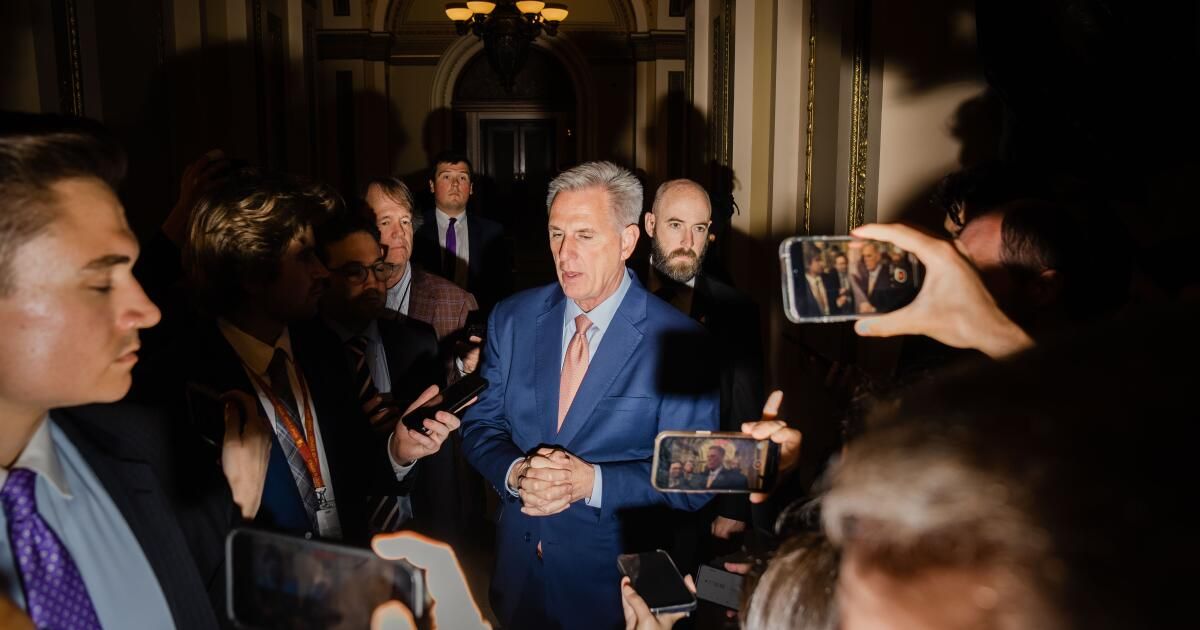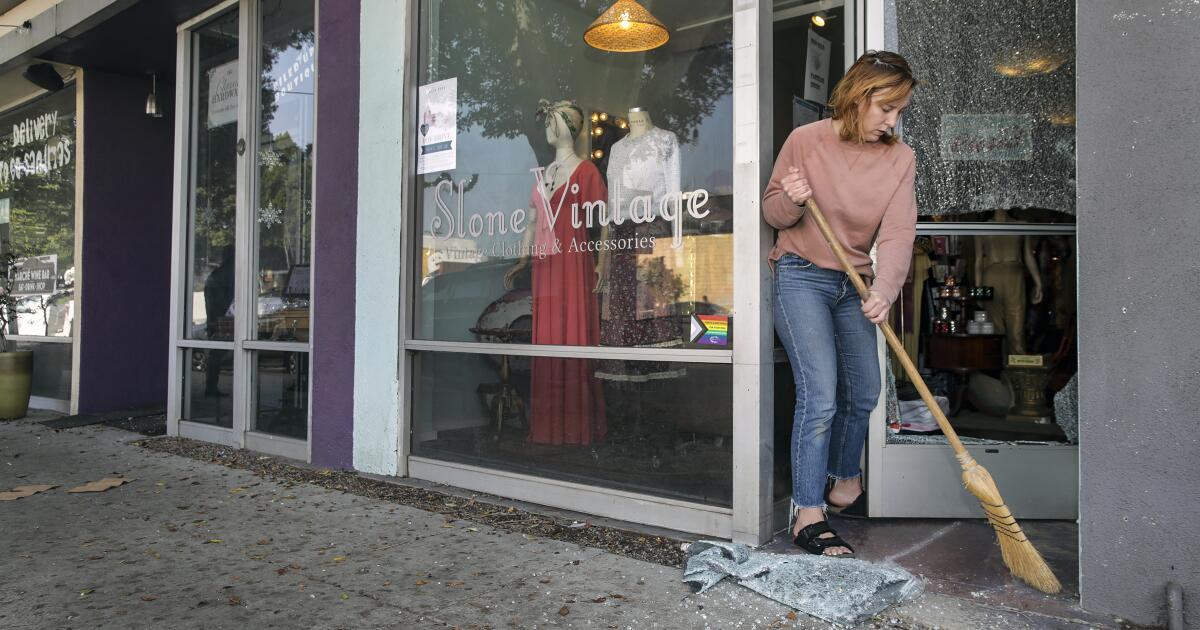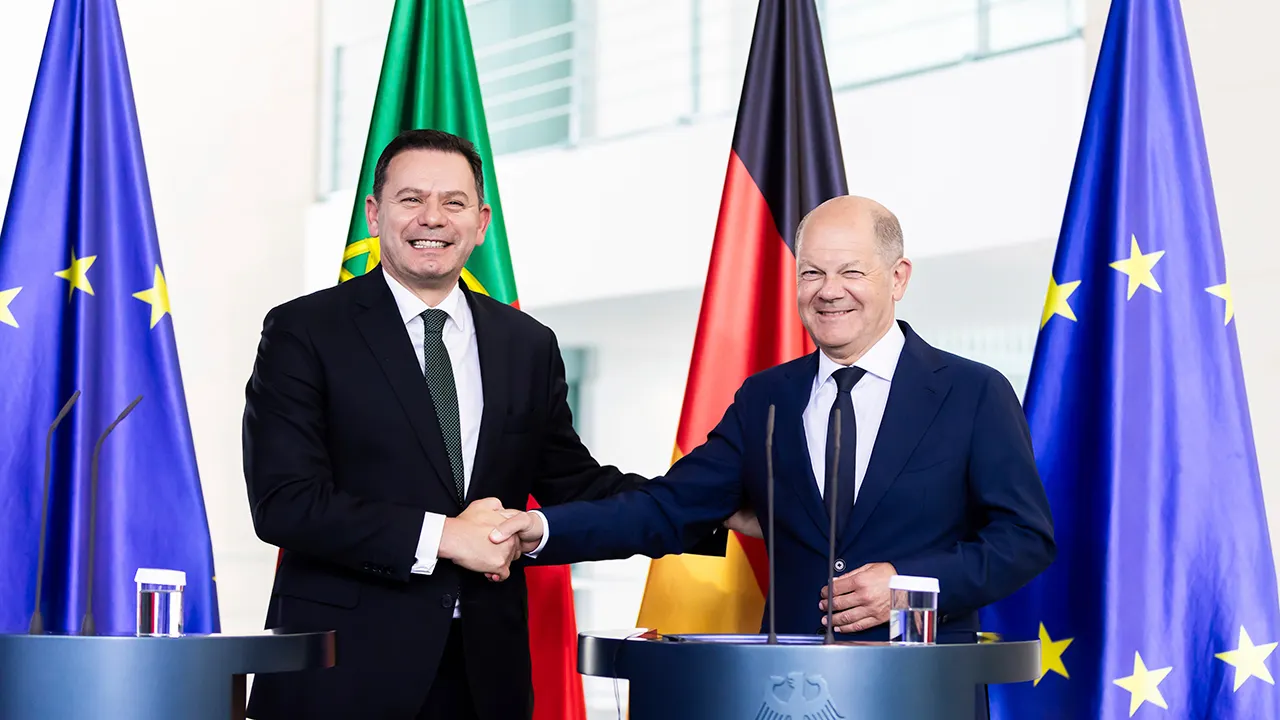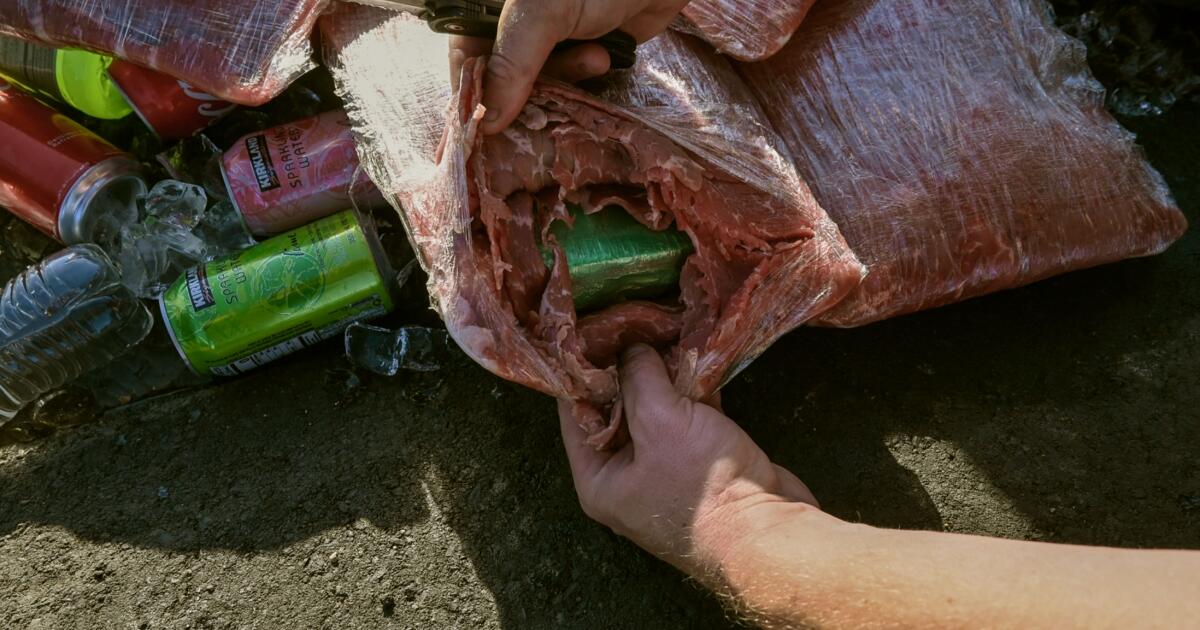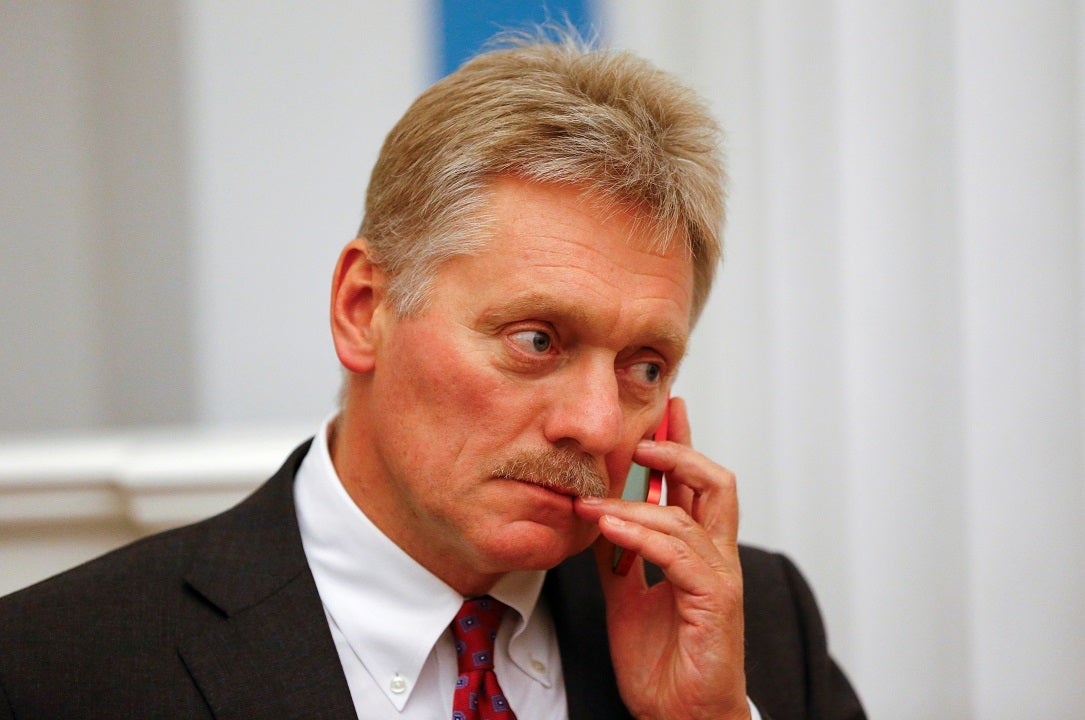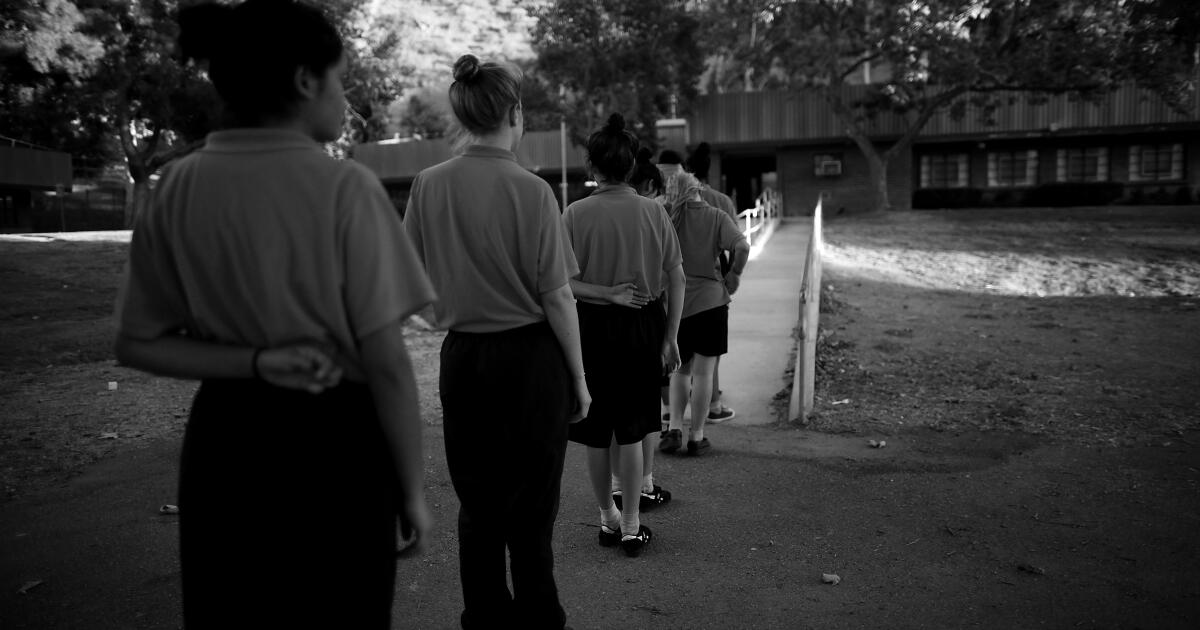Voters in California’s Central Valley will go to the polls twice in two weeks this spring to select a new congressional representative, following the resignation of former Rep. Kevin McCarthy (R-Bakersfield).
Voters will cast their ballots on March 5 in the primary election for McCarthy’s former seat in the 20th Congressional District, which covers Fresno, Kern, Kings and Tulare counties.
They will vote again on March 19 in a primary for a special election to fill out the remainder of McCarthy’s term, a date set Monday by Gov. Gavin Newsom.
A candidate can be directly elected in the primary election if he receives more than 50% of the votes cast, a spokesperson for Newsom said. Otherwise, there will be a second round on May 21.
The winner of the special election will serve in Congress until January 2025.
The special election decision comes after weeks of confusion over who is eligible to run to replace McCarthy. The Bakersfield native left Congress on Dec. 31, months after a humiliating vote by his own party to remove him as House speaker.
After McCarthy announced his retirement, state Assemblyman Vince Fong said he would run for re-election in the 32nd Assembly District in Bakersfield and filed paperwork for the state legislative race. Fong then changed his mind and ran for McCarthy’s congressional seat, only to be excluded from the ballot by California Secretary of State Shirley Weber, a Democrat, who said state law prohibits candidates run for two offices in one election.
Fong sued Weber’s office, arguing that the law prohibiting candidates from appearing on the ballot more than once has not been enforceable since 2010, when California voters eliminated the state’s party nomination system and created a new system in which the top two vote-getters advance to the general election regardless of party affiliation.
In late December, a Sacramento County judge agreed with Fong’s lawyers and ruled that he could appear on the ballot after all.
A spokesman for Weber said the state elections office is working on an appeal and “discussing other options to resolve this issue in the best interest of voters.”

